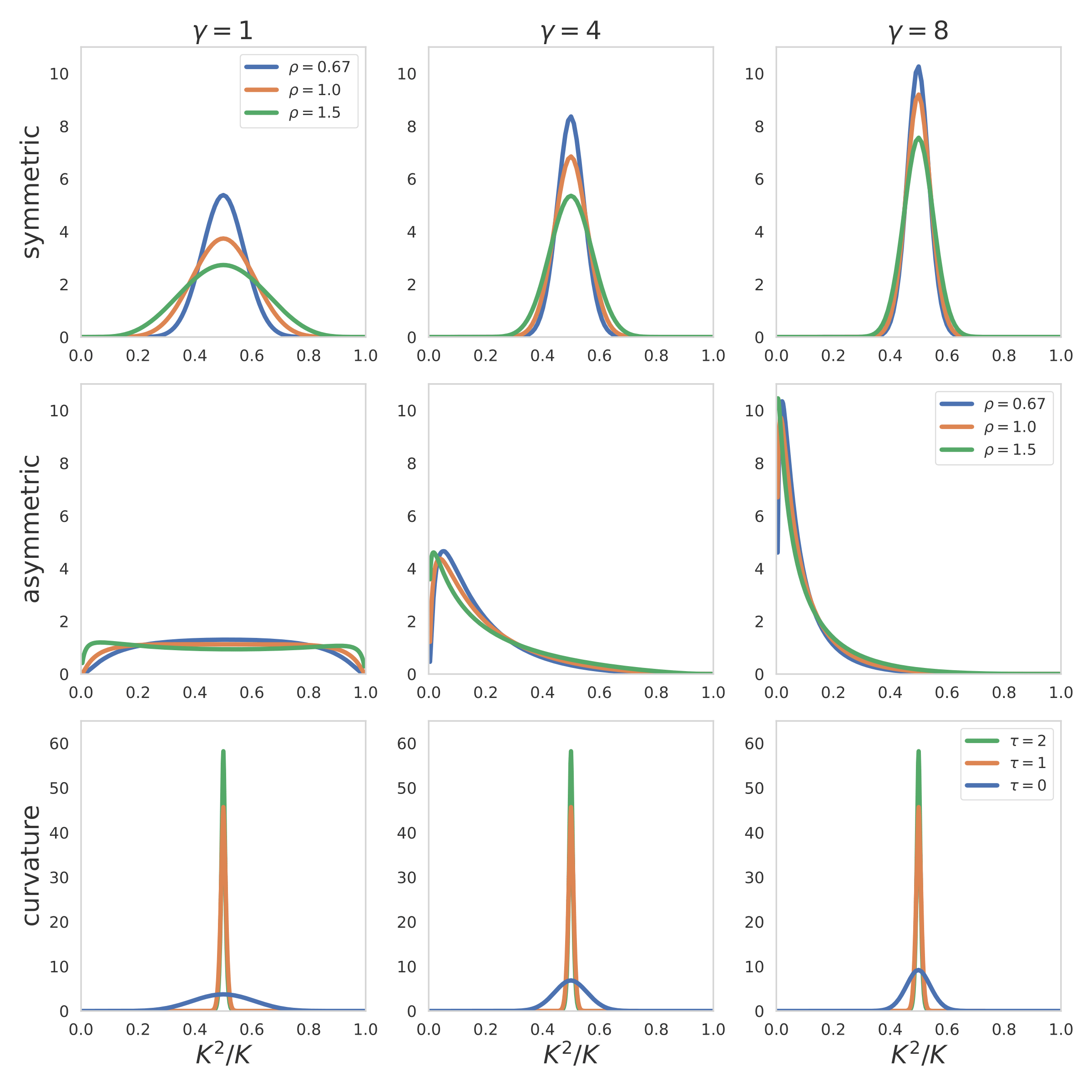3 Two Capital Model#
This Julia notebook covers the environment in Section 4.6 with two capital stocks, which evolve as:
For \(j=1,2\). The output equation is now:
where aggregate capital is a CES aggregator of the two capital stocks:
for \(0 \le \zeta < 1\) and \(\tau \ge 0\). Agent preferences and the \(Z^1\) and \(Z^2\) processes are identical to the baseline model. The problem is very similar to the single-capital model except that we now have an additional endogenous state variable \(\widehat Y_t = \log(K_t^2/K_t^1)\).
In addition to the model inputs from Chapter 1, we also need to specify the following:
Input |
Notation in paper |
Description |
|---|---|---|
|
\(\tau\) |
Share parameter |
|
\(\zeta\) |
Elasticity of substitution between two types of capital |
|
\(\beta_k^1\) |
Loading factor on first capital stock in the long run risk process |
|
\(\beta_k^2\) |
Loading factor on second capital stock in the long run risk process |
We have experienced convergence issues when solving the three-dimensional two-capital model directly, especially with \(\rho \neq 1\). One way to overcome this is to first run a two-dimensional version of the two-capital (abstracting from \(Z^2\)) for \(\rho=1\) and use the solution to this model as an initial guess for more complex models. Even the two-dimensional case may take several hours to run; therefore, we advise against using this Jupyter Notebook directly and instead direct users to use remote-computing resources as described on the GitHub repository.
To solve the model, we first we load the necessary libraries:
include("src/3/main_twocapitals_two_dimensions.jl")
include("src/3/utils_twocapitals_two_dimensions.jl")
using Pkg
using Optim
using Roots
using NPZ
using ArgParse
Activating project at `/project/lhansen/macrofinance`
Next, we set the model inputs for the two-dimensional model with \(\rho=1\).
Delta = 1.0
gamma = 8.0
rho = 1.0
alpha = 0.1844
kappa = 0.0
zeta = 0.5
beta1 = 0.01
beta2 = 0.01
action_name = "test"
"test"
Now we can run main_2d with the above inputs:
main_2d(Delta, gamma, rho, alpha, kappa, zeta, beta1, beta2, action_name)
This gives us a solution for \(\rho=1\). If we are interested in \(\rho \neq 1\), we use this first solution as an initial guess for the other values of \(\rho\). For example, to solve for \(\rho=0.67\):
rho = 0.67
main_2d(Delta, gamma, rho, alpha, kappa, zeta, beta1, beta2, action_name)
Next, we can use these solutions as initial guesses for their three-dimensional counterparts. For example, for the \(\rho=1\) counterpart:
include("src/3/main_twocapitals_three_dimensions.jl")
include("src/3/utils_twocapitals_three_dimensions.jl")
rho = 1.0
main_3d(Delta, gamma, rho, alpha, kappa, zeta, beta1, beta2, action_name)
The outputs of the solution are the same as for the baseline model except for the additional state variables for \(\hat{Y}_t\), such as smean for \(\mu_{\hat{y}}\) and sigma_s.

Fig. 1 Example taken from Figure 7 of the paper.#